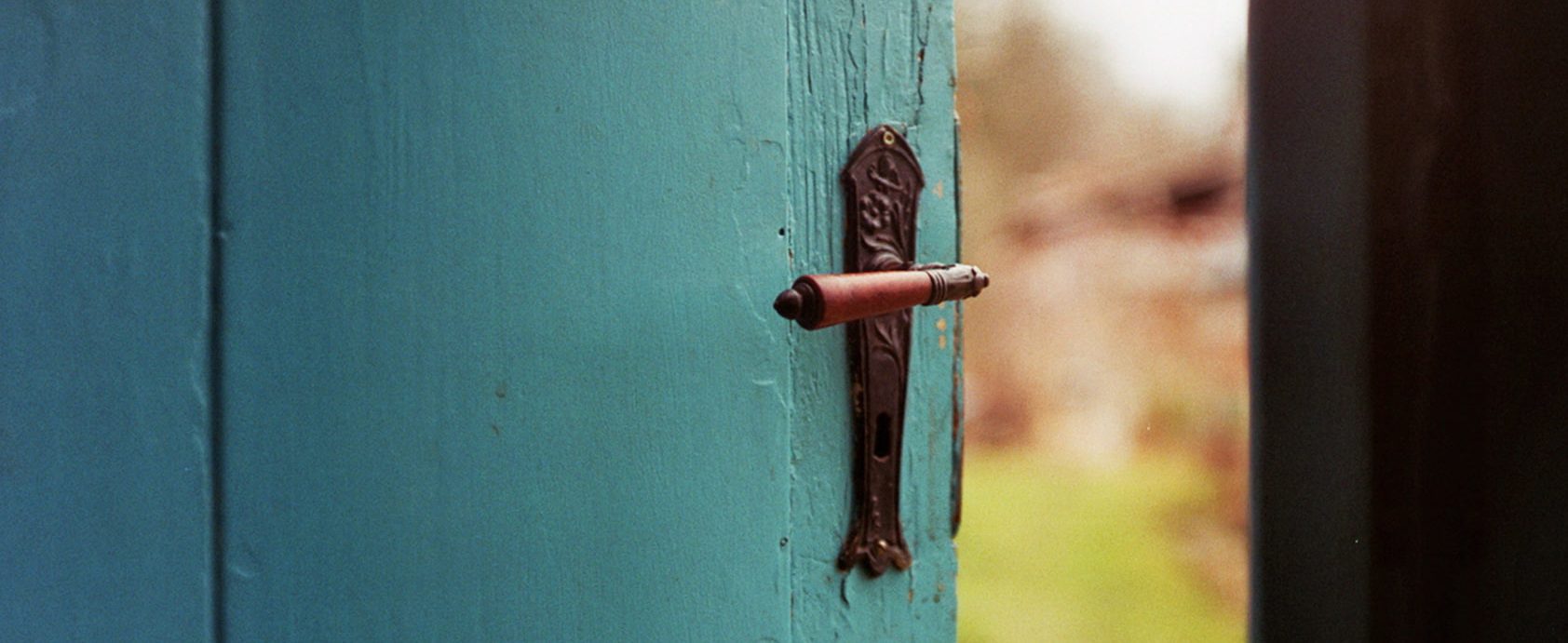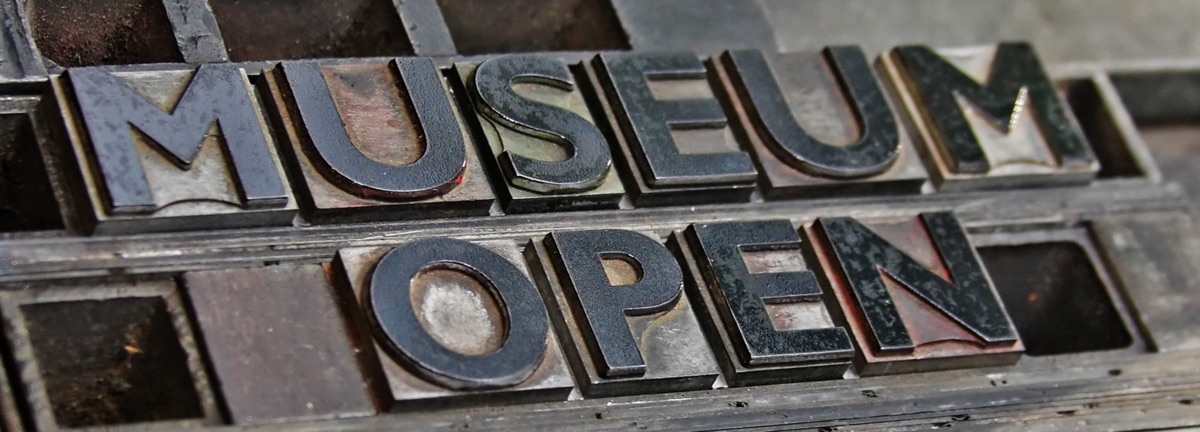Throughout the pandemic we have been keeping track of museums opening and those closing permanently, or without clear plans for future reopening. We last reported on closures in May 2021, and openings in October 2021. This blog adds to those reports and includes closures and openings that took place between 2020–22. A further ten museums have closed, and we have recorded fifteen new museums opening.
Closures
Of the ten closures since our last report, three were local authority museums. The Museum at the Mill in Newtonabbey closed in 2020, having been open since 2010, and enquiries so far have not yielded any information about the circumstances of its closure. Do let us know if you have any information. In 2021, Baysgarth House in Barton-upon-Humber closed. Open since 1981, the museum was shut pending redevelopment after management was returned to the local authority, so this closure may turn out to be temporary. And earlier this year, Eastleigh Museum in Hampshire closed. Management of the museum was devolved in 2014 to Hampshire Cultural Trust and One Community, a local health and wellbeing charity. The museum was staffed by volunteers from One Community and served as an access point for their outreach services. The charity relocated their services and Hampshire Cultural Trust stated that the museum generated insufficient revenue to make it possible for them to keep it open.

A further seven independent museums also closed in this period. The Museum of Army Music, formerly in Twickenham, closed in early 2020 and is now in storage in Chatham until a new location can be found. In July 2020, the Hall at Abbey-cwm-Hir in Wales closed due to the financial impact of the Covid-19 pandemic, with no plans to reopen. The date of two other closures is somewhat uncertain, but it seems likely that the Shire Horse Farm and Carriage Museum in Redruth closed in 2020, and the Mechanical Memories Museum in Brighton closed sometime between 2020 and 2021. Two other independent museums have closed in 2022. Flame Gasworks Museum in Carrickfergus shut due to what the management described as operational and financial constraints, and Hull People’s Memorial Museum cited similar but more specific reasons for their closure. These included increasing costs, reduced donations from visitors, and an increased difficulty for volunteers of parking near the museum.

These ten closures bring the current total of closures in 2020–22 to nineteen. Just two of those closures are known to be a direct result of the pandemic.
Openings
All fifteen new museums recorded here are independent, three of them private and the remainder not-for-profit. The latter group includes Grimsay Boat Haven and Grimsay Archive, which opened in 2020. Based on the Isle of North Uist, it preserves the maritime heritage of the Western Isles including five Stewart boats in a large shelter. Also on a nautical theme is the New Coracle Shed in Coalbrookdale, which is dedicated to the history of coracles in the Severn Gorge and opened in 2021. The same year, Redditch in the West Midlands gained its third museum with the opening of Redditch Local History Museum, which has also initiated an archive as part of its work to record the history of the town. The last not-for-profit museum to open in 2021 was the Spanish Gallery in Bishop Auckland. The gallery displays a number of paintings from the Spanish Golden Age and is the latest venture in the larger Auckland Project (the project was featured in the recent Radio 4 series The Museums That Make Us).

A further eight not-for-profit museums opened in 2022. These included Glasgow Royal Infirmary Museum, which illustrates the hospital’s contribution to medicine. Kent Mining Museum is concerned with the history of the Kent coalfield and is built on the site of the former Betteshanger colliery. The UK’s first museum dedicated to the LGBTQ+ community, Queer Britain, opened in London’s Kings Cross in May and was the culmination of four years of events and pop-up exhibitions. A short walk away is Somers Town Museum, which focusses on the history of its local area near Euston station and also serves as a community space. In Scotland, The Battle of Prestonpans Museum and Jacobite Heritage Centre commemorates the eponymous battle that took place in 1745. In the West Midlands, Stourbridge Glass Museum celebrates the town’s glassmaking heritage. The Barn Theatre and Museum near Hastings is home to a collection of toys, puppets, and theatre sets dating from the eighteenth century to the present. And in August 2022, the Yorkshire Natural History Museum opened in Sheffield.


The three private museums include another on a nautical theme, Margate’s Crab Museum, which opened in 2021. The same year another local history museum opened, in Harwich, Essex. Displays include memorabilia from the popular 1980s TV show Hi-de-Hi!, which was filmed at a holiday camp nearby. On a more literary theme is Mary Shelley’s House of Frankenstein in Bath. The author lived in the city for a time and the museum is dedicated to Shelley and her famous creation.
These fifteen new museums join the fourteen openings in 2020–21 recorded in our previous blog on new museums in the pandemic. As mentioned in that blog, we did not anticipate so many new museums and expected instead to be recording more closures. With nineteen closures recorded altogether so far and twenty-nine openings, the sector has grown slightly during the pandemic. Could this be a sign of resilience, or might we record more closures before the end of 2022?
Mark Liebenrood
[All images courtesy of the museums. Header image by Jan Tinneberg on Unsplash.]






